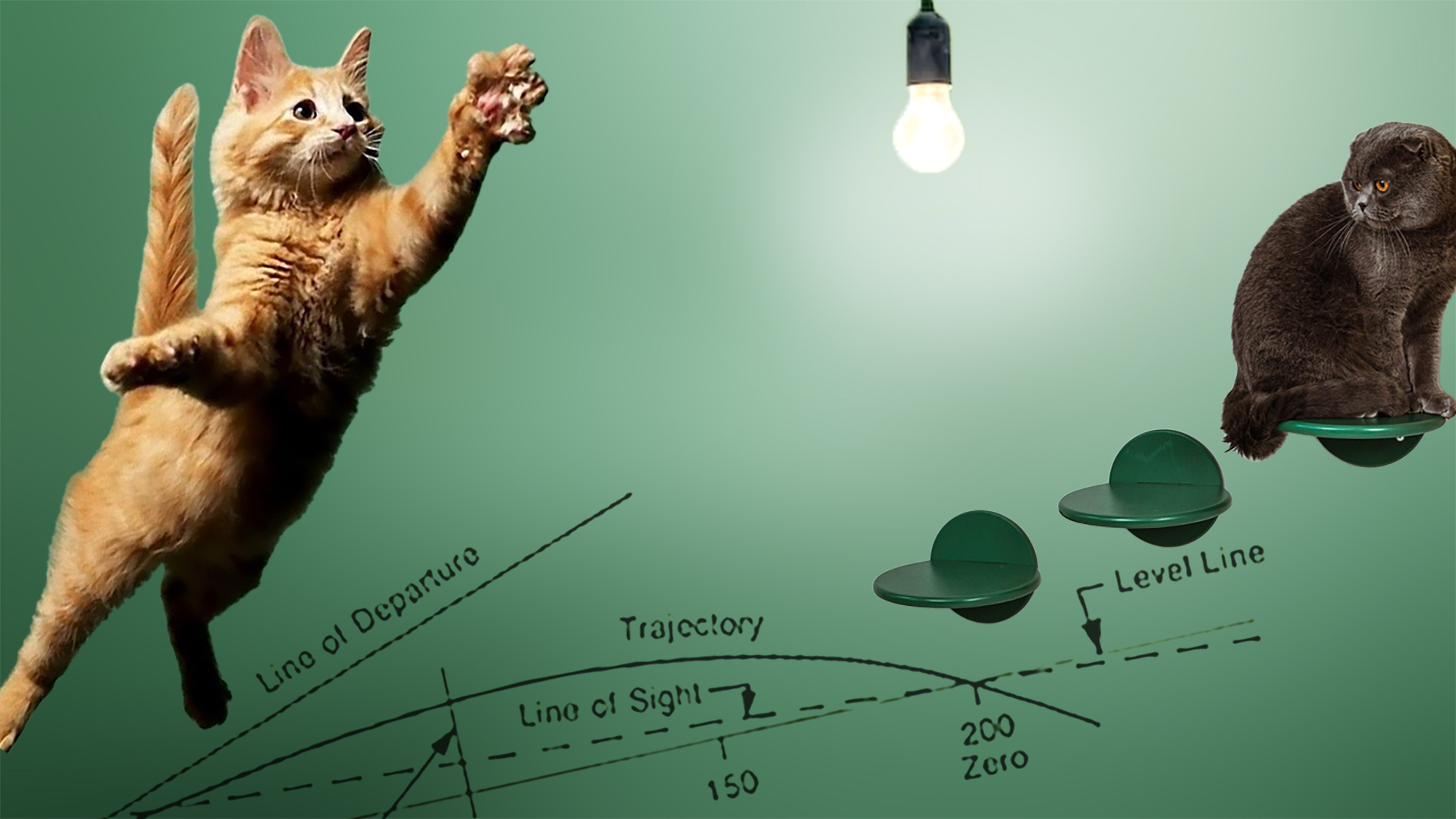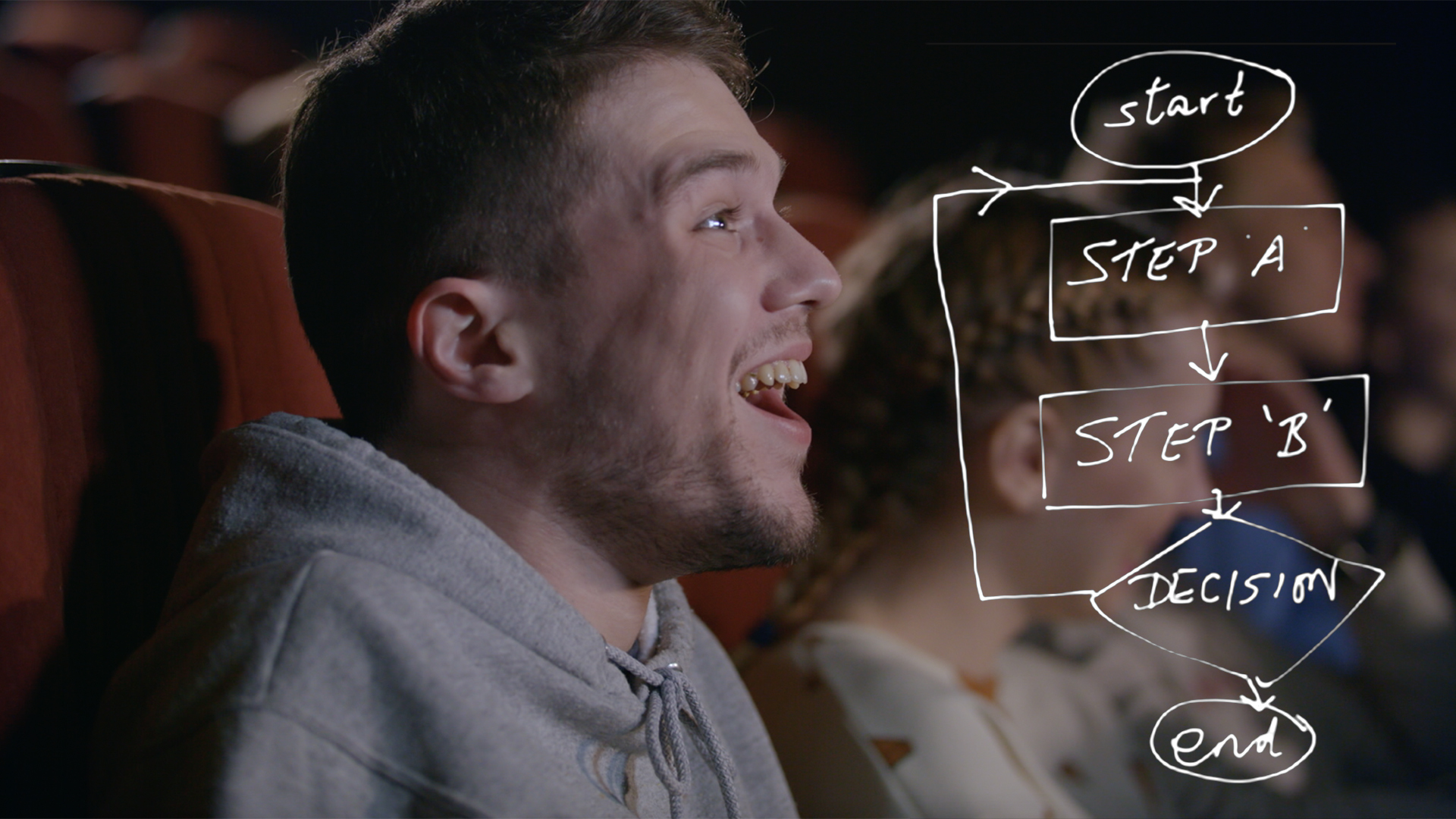We’ve been pretty lucky to be included in some workshops about on Gap Selling. We were a bit hesitant at first: OMG, a shouty, American sales guy, whooping and punching the air, urging us to sell, sell, sell, and ‘always be closing’, we assumed. But the experience was very, very different. Here’s that story.
Keenan – who literally wrote the book – offered us an explanation of why outbound emails get ignored, cold calls don’t get answered, prospects go dark, sales cycles extend, price is put under pressure, focus falls on missing features, or a competitor steals in at the last minute: The problem drives the sale.
"The problem drives the sale"
It’s never about about you
The client doesn’t really care about you, your company, your product or even much about your solution, proposal and (in the first instance) pricing. The client only cares about solving their problem.
If the problem isn’t worth solving, there is no opportunity. If the value created by solving the problem isn’t higher than the cost of your solution, there will be no sale. If the benefit from solving the problem doesn’t obviously outweigh the comfort of doing nothing, the fear of change, or the potential cost to the buyer’s career or sanity from championing that change – there is no sale.
Mind the gap
Some of that may not be news to you. But this might be. Keenan argues – from the perspective of his life experiences and solid research – the client is often really, really bad at defining what their actual problem is. When a client says ‘What I need is…’ it’s rarely a complete or reliable definition of their here-and-now situation. And without that knowledge , you can’t really say or propose anything truly compelling. In fact you’re only left with ‘pitching’ – your product blah blah, your case studies blah blah, your promotions blah blah or, if you’re really desperate, your company’s long history and pedigree, blah blah blah. But there is a better way: you go looking for The Gap.
"The Gap is the empty space between what a customer has and what they need. Or where they are now and where they need to get to."
The Gap is the most honest, insightful, and purposeful (ideally quantifiable) description of that space. Sometimes, the customer hasn’t fully explored their gap – because of lack of insights, perspective, time or tools. Sometimes, they’re doing a poor job of distilling down a great big vision into something that they think they can buy.
Jac walks into an expensive dealership – ‘My EV just doesn’t have a big enough battery. I’m looking to trade up’. Jeri’s eyes light up. ‘Wow – you’ve come to the right place. We’ve just taken delivery of our Model 8. It’s got a 120 kWh battery, giving the car a range of 300+ miles…’ tbc
In Gap Selling – and let’s switch things up here by adding ‘and Gap marketing’ – that first ‘We need’ isn’t the end of a conversation, it’s just the start. And the ninja move is to turn the statement into a question – ‘Why do you need…?’
Jeri walks Jac over to the Model 8. Right from first glance, Jac isn’t thinking ‘This solves my problem’. Jac is thinking ‘This creates a whole load more. It’s huge, this thing – much bigger than I’m used to. And the price tag is massive too.’ Jac says so. ‘Oh, we’ve got great finance deals’ says Jeri. ‘Lots of my customers step out of a vehicle like yours into a vehicle like this. We can make it happen.’…
The true skill of Gap Selling and marketing is to help the customer to really explore and define their gap. To understand their current predicament, the real impacts it’s creating, and putting a finger on the root causes. To play, in the most real sense, an active part in moving them from the true state they are in, to the ideal state they have to get to. And that process – that service – is so liberating, empowering, valuable to the client that they bring you along as co-pilot for the buying journey.
Selling isn’t typically thought about in those terms, or taught in that framework. So sales and marketing people don’t necessarily understand the rules of the game that the client wants to play. Sales and marketing is about helping. Helping is selling.
Jac is now thinking about the value of swapping range anxiety for sleepless nights over a huge loan on…a car. Something that simply moves them from A to B. Jeri sees Jac’s optimism replaced by a look of worry. ‘So…let me show you the infotainment system – on a 14 inch touchscreen. It’s the best you can buy. And did I tell you about its self-driving capabilities. There’s tons of room in the back – er – how big’s your family?’
Jac is beginning to feel just a little pissed off…
In our unfolding mini-drama, Jac has expressed a need as best they could. But what Jac really wanted was to be free from anxiety while getting from A to B, ( but still feeling good about driving a zero emissions vehicle ). Jac isn’t an automotive engineer, so not easily able – without research and lots of reading – to describe a need from any other angle than simply a bigger battery.
Jeri goes off to find a sales manager who can run Jac through trade-in values, discounts and what not. A second salesperson notices Jac about to do a runner. They throw out a friendly question.‘How long have you had your current EV – about 6 months? Cool. Do you love cars, or just need one? How many miles do you typically drive on a long journey?
Jac’s problem journey is 50 miles longer than the comfortable range of the car. Long enough, explains Jac, to stop for a coffee and pee….
Marketers – most people consuming your content aren’t in the market to buy at that point either. They’re exploring, reading, looking for help with a challenge that they haven’t really got to grips with yet. Dive in too quickly with a ‘buy my product/service’ and they’ll check the cost and then click away. Hit them too quickly with a solution and a price and you won’t have scratched their itch to find out more.
The new salesperson leads Jac to a different vehicle. ‘This is more like the size and style of car you’re driving now. The battery is a fraction bigger – which helps a bit. Unlike yours though, it uses the most compatible fast charging technology. On a fast charger, you’d add 50 miles range in about 15 minutes. Also, the car’s navigation is smart enough to route you to an available fast charger and coffee without fuss. I’d have to check, but if you traded yours in with us and took this one, your monthly payments are going to be about the same…
And on that bombshell…we’ll leave you to add your own ending.
Point is, eventually the questioners dug into the real problem that Jac was facing, and so were able to nail a compelling solution. If Jac does decide they want a new car – now, or a year from now – they would likely return to the place with a helpful salesperson – the one who didn’t try to sell them an expensive car they didn’t really want, but who solved their problem in the here and now.
Bridging to the content gap
Most web visitors start in that same phase of not knowing what they don’t know, and seeing who’s around to help them if and when they’re ready. If your content can help them diagnose their problem and articulate it more clearly – help them to express what’s wrong with their current state and visualise where they want to be – it will be welcome. Helpful content is invaluable in the sales process, bringing with it a huge feel good factor. We like people who help us. They’re the ones we appreciate, and the ones we remember when the time is right to buy.
What kind of content is especially helpful in the gap selling process?
Diagnostic tools: which help to quantify the value of moving forward versus the cost of doing nothing
Explainer content: which demystifies everything from technology choices to workflows to consumption models
‘How to’ content: How to plan for change. How to select a good partner. How to maximise returns.
All of these types of content work as good conversation starters. The aim of the content is to get the prospective customer to want to explore the problem with you – one to one. Your content has shown that you understand the terrain – both the big picture and the small details. It’s built trust, it’s highly relevant and you seem like the kind of person they’d be happy to explore their options with. They can tell, from reading your content, that a call with you will be time well spent. You know your stuff, you’re a good listener, you’re curious, you’re open, and you’re experienced in helping people just like them.
Get your content right, and they’ll crave a call from you…






Excellent article that hits the nail on the head in articulating this common issue! This is essentially what I spend a lot of time doing… finding out what the actual probably is, rather than what a client thinks or says they need. In particular, taking them on the journey of discovery with me, so that they understand and buy-in, and we all end up working together to solve the RIGHT problem! I’ve seen too many briefs that aren’t questioned and a whole heap of time, resource, and money is spent on giving the client what they “need”…only to find out at the end, that it doesn’t actually solve their problem and they don’t need or want it. Because nobody looked into what the actual problem was behind said ‘need’!
Thanks for the extra perspective Becky. When someone hands you a ‘need’ on a plate, it’s so tempting just to highlight what you have to give. And much more scary to question their true motivation. But it’s so worth the effort.
Brilliant, and helpful. Thank you both!